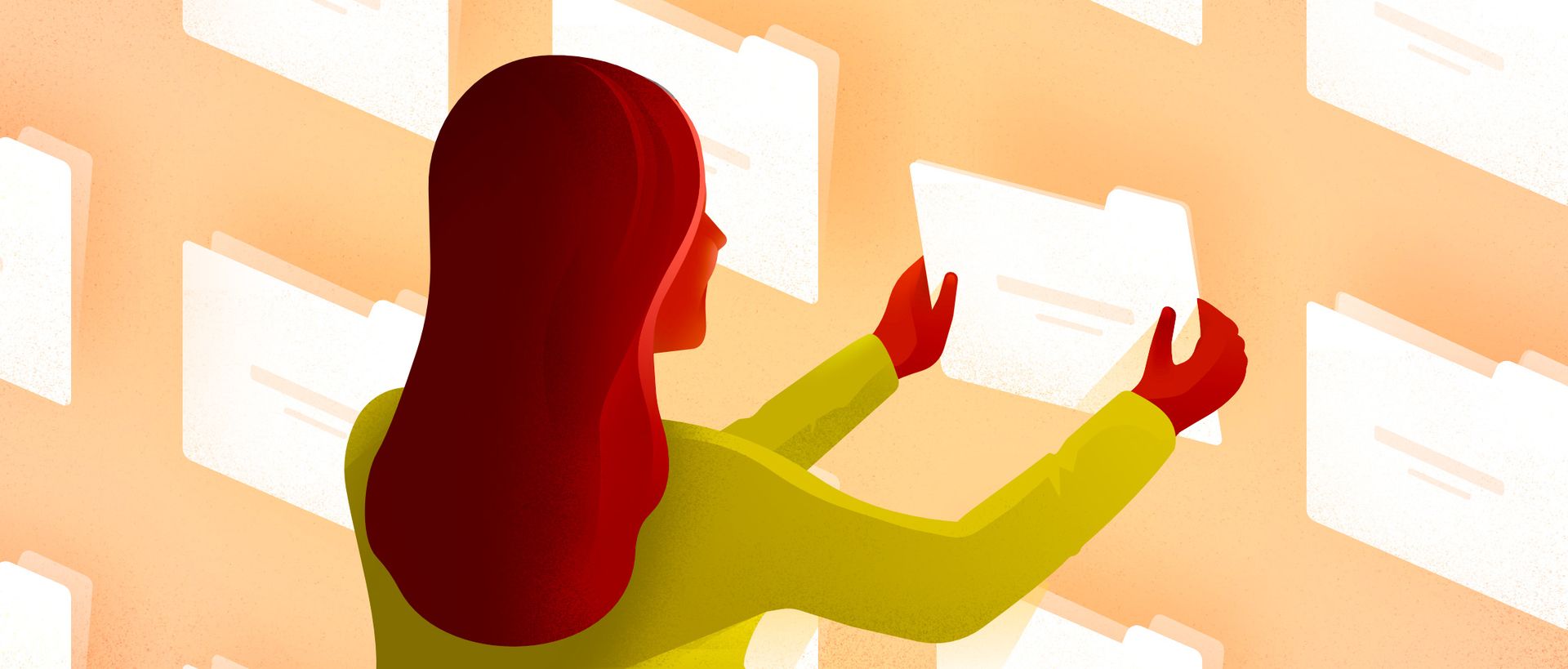Employee records are an asset for managers, as they bring together a set of documents that help manage staff effectively at the company.
Employee records help with finding information and simplify several staff management tasks. Among other things, they let you track employees’ progression and consolidate information pertaining to them.
Why Keep Employee Records?
Although it isn’t mandatory, keeping a record for each employee is very useful and makes information-finding easier.
I once had an employer whom I asked if I had any days off left in my bank of floating days. He passed the buck back to me, assuming that I should have this information handy. In other words, he didn’t have a method for keeping track… And neither did I! The situation was less than stellar.
Keeping employee records streamlines certain HR management tasks while also making relevant information accessible to employees. For instance, an employee might ask to go over a past evaluation or the record of their absences—and this is their right.
An Employee Record Is Useful at Several Stages:
When onboarding: It lets you get to know your new employees better when onboarding, i.e., during their welcome and integration.
When offboarding: When an employee leaves the company, i.e., during offboarding, employee records help you find key information such as their date of hire and how much time the employee spent at the company, the specific clauses of their employment contract, their salary, etc.
During performance evaluations: An employee record makes it easy to see how the employee’s performance has progressed and to get a bird’s eye view of what they’ve accomplished since their last performance evaluation.
When granting a salary increase: The employee record helps when reviewing salary increases in light of the employee’s latest salary adjustments.
When selecting training: The employee record shows you the training an employee has completed to date.
Standardizing Employee Records
Creating and tracking employee records does not have to be complicated, as long as things are systematized and standardized at your company.
The key is to establish what information is contained in employee records and the order in which the information is arranged. This way, anyone looking at an employee record knows what content they can expect and where to find the information they’re looking for.
Following Up and Keeping Employee Records up to Date
It is imperative that you create the records at the time of hiring and maintain them over time, otherwise some information is sure to fall by the wayside. As soon as an absence, evaluation or schedule/salary change occurs, this information must be automatically entered into the record.
It’s also best to have a single employee record for each employee in order to avoid incomplete files or discrepancies between departments. For example, don’t create a record for an employee in your department if Human Resources has already done so.
Personnel files also require confidentiality, as they contain certain sensitive information that should not be disclosed to the general public. Limit access to employee records to those individuals who really need them.
20 Useful Items to Have in your Employee Records
Following are 20 useful items to have in your employee records.
- First and last name
- Date of birth
- Contact details
- Phone number and email
- SIN
- Emergency contacts
- Job/position at the company
- Salary and compensation history
- Employment contract
- Work schedule and updates agreement
- Resume
- Copy of references
- Copy of diploma
- Training and certifications
- Performance evaluations signed by both the employer and the employee
- Absences if you have no other way of tracking them
- Sick leave, maternity leave, days lost to work accidents, etc.
- Disciplinary history: notices, sanctions, etc.
- Incident reports
- Letter of resignation or termination of employment
Example Employee Personal Information Form to Download
Some staff scheduling software allows the user to create or maintain employee records within the app. For example, the Agendrix employee record feature enables you to list the personal information of team members, as well as track employee absences, days off, and vacations.
If you would prefer to create employee records manually, here is an employee personal information form template you can download for free.








